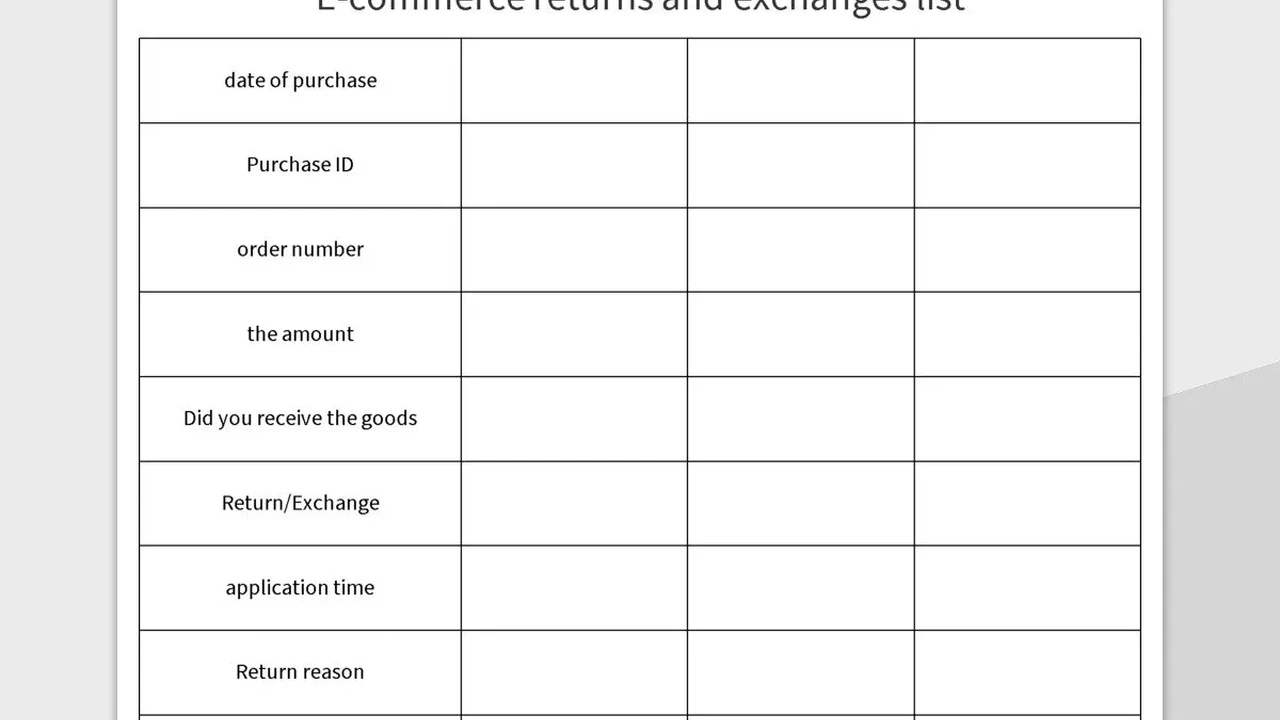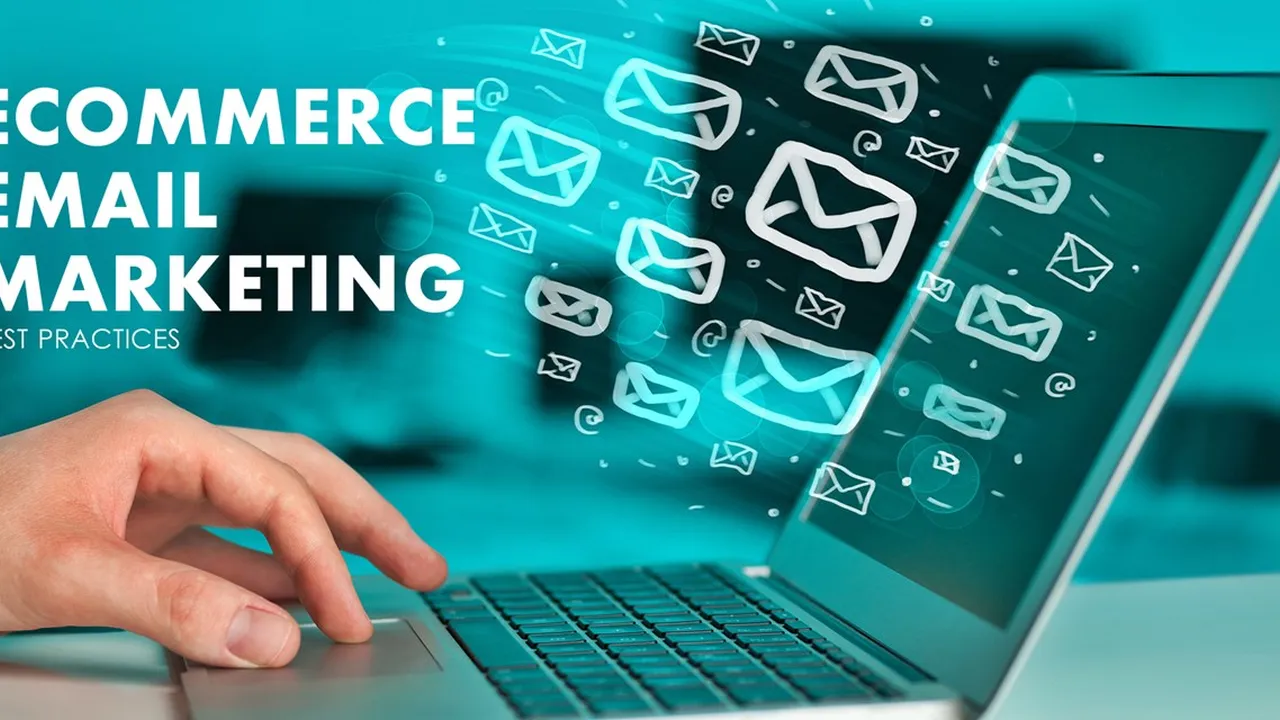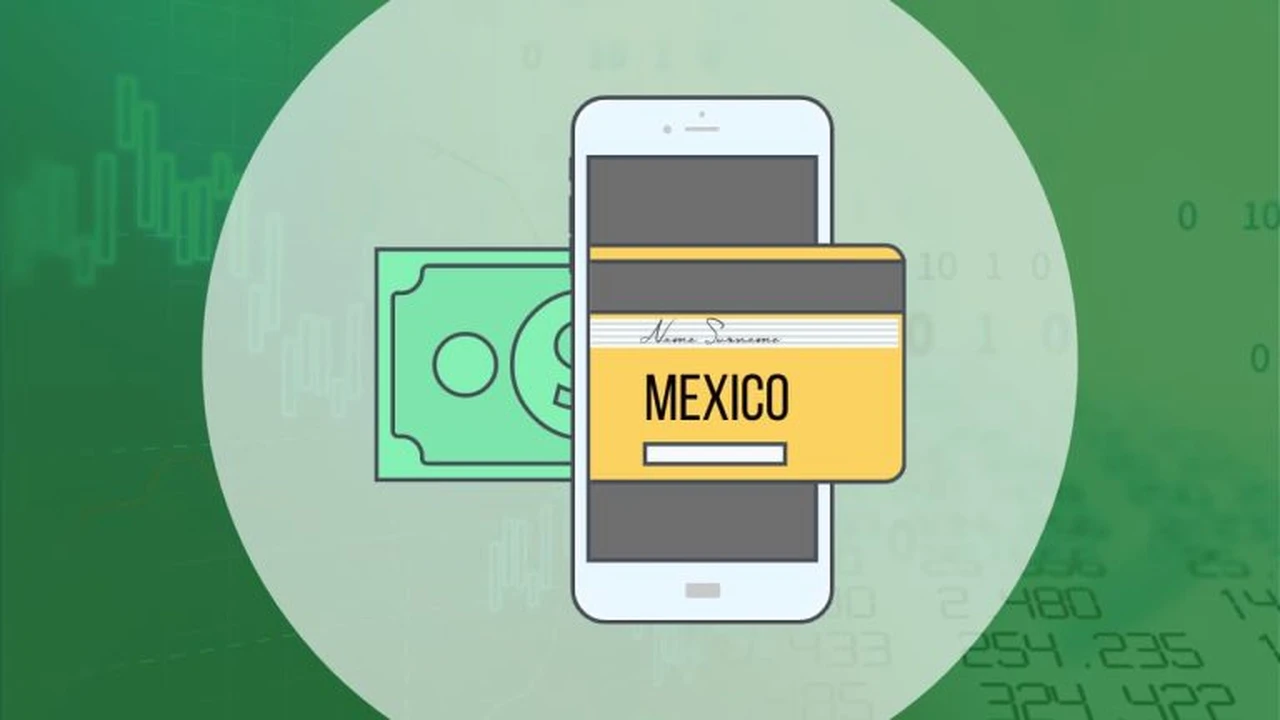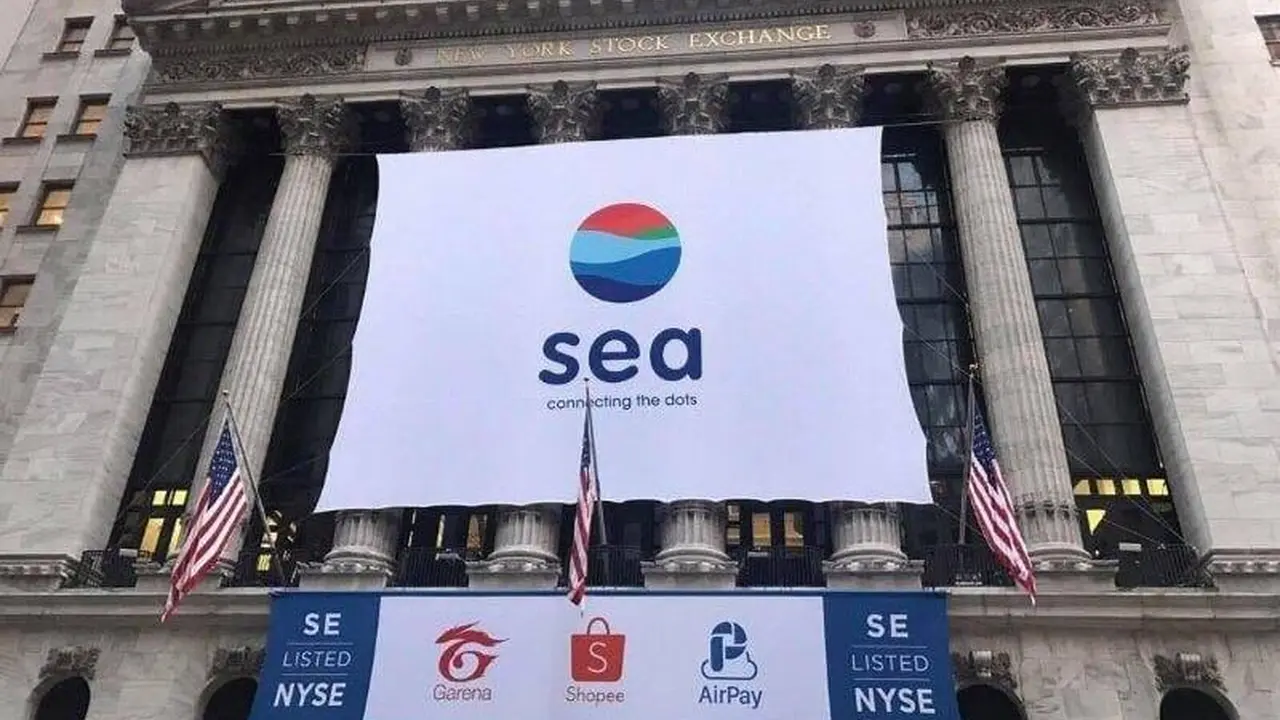Logistics and Fulfillment Challenges in SEA & Mexico E-commerce
Sample meta description.

Understanding the E-commerce Landscape in Southeast Asia (SEA) and Mexico
Okay, so you're diving into the wild world of e-commerce in Southeast Asia and Mexico? Smart move! These regions are booming, but they're also a logistical rollercoaster. Forget everything you think you know about shipping from your friendly neighborhood Amazon – we're talking island hopping, navigating bustling city streets, and dealing with a whole heap of cultural nuances. Let's break down the challenges and, more importantly, how to tackle them.
The Unique Challenges of Last-Mile Delivery in SEA & Mexico
Last-mile delivery? More like last-mile adventure. In SEA, you're looking at everything from scooters weaving through chaotic traffic in Jakarta to boats navigating the Mekong Delta. Mexico presents its own set of hurdles, including congested urban areas, challenging infrastructure in rural regions, and security concerns. Think about it: You might be delivering a package to a high-rise apartment in Singapore one day and a remote village in Oaxaca the next. The logistics are... complicated.
One of the biggest issues? Infrastructure. Many areas lack reliable road networks, consistent address systems, and even basic electricity. This makes traditional delivery methods incredibly difficult and expensive. Think delayed deliveries, damaged goods, and frustrated customers. Not ideal.
Inventory Management Solutions for E-commerce Growth in SEA & Mexico
So, how do you keep your inventory from becoming a logistical nightmare? Centralized warehouses are cool, but sometimes you need to think more strategically. Distributed warehousing, where you have smaller storage facilities closer to your customers, can be a game-changer. It helps reduce delivery times and costs, especially in geographically diverse regions like SEA and Mexico.
Think about partnering with local fulfillment centers. They already understand the local landscape and have the infrastructure in place to handle deliveries efficiently. Plus, they can often offer value-added services like packaging and returns management.
Technology & Innovation: Optimizing E-commerce Logistics in Emerging Markets
Technology is your best friend in this game. Real-time tracking, route optimization software, and automated inventory management systems are essential for staying ahead. Imagine being able to see exactly where your package is at any given moment, or automatically adjusting delivery routes based on traffic conditions. That's the power of technology!
Don't underestimate the power of mobile. In many parts of SEA and Mexico, mobile is king. Customers are more likely to access your website or app on their phone than on a desktop computer. So, make sure your e-commerce platform is mobile-friendly and offers a seamless user experience.
Navigating Customs and Regulations for E-commerce Success in SEA & Mexico
Customs and regulations can be a real headache. Each country has its own set of rules and procedures, and navigating them can be tricky. Make sure you're up-to-date on the latest regulations and have a solid understanding of import duties and taxes. Failing to comply can lead to delays, fines, and even seizure of your goods. Ouch.
Consider working with a customs broker. They can help you navigate the complex world of international trade and ensure that your shipments clear customs smoothly. It's an investment that can save you a lot of time and money in the long run.
Payment Gateway Integration: Facilitating Seamless E-commerce Transactions
Let's talk payment! Credit cards aren't always the go-to payment method in SEA and Mexico. Many people prefer to use cash on delivery, mobile wallets, or other alternative payment options. You need to cater to these preferences if you want to succeed. Integrate with local payment gateways that offer a variety of payment methods.
Security is also a major concern. Customers need to feel confident that their payment information is safe and secure. Implement robust security measures, such as encryption and fraud detection systems, to protect your customers' data.
Case Studies: E-commerce Companies Overcoming Logistics Challenges in SEA & Mexico
Let's look at some real-world examples. Companies like Lazada and Shopee have successfully navigated the logistical challenges of SEA by investing in their own delivery networks and partnering with local logistics providers. In Mexico, Mercado Libre has implemented innovative solutions like pick-up points and mobile payment options to reach a wider audience.
These companies understand that logistics is not just about getting products from point A to point B. It's about creating a seamless and convenient customer experience. They've invested in technology, built strong partnerships, and adapted their strategies to the unique needs of each market.
Product Recommendations & Usage Scenarios: Optimizing Your E-commerce Offerings
Alright, let's get down to brass tacks and talk products. Here are a few recommendations, usage scenarios, and comparisons to help you optimize your e-commerce offerings:
H2 Smart Home Security Systems for Urban Dwellers in Mexico City
Product: Ring Alarm Security Kit (specifically tailored for apartments)
Usage Scenario: Imagine a young professional living in a Mexico City apartment. They work long hours and want to ensure their home is secure while they're away. The Ring Alarm system provides peace of mind with its easy-to-install sensors, motion detectors, and siren. They can monitor their apartment remotely via their smartphone and receive notifications if anything suspicious is detected.
Comparison: Compared to traditional alarm systems that require professional installation and monthly monitoring fees, the Ring Alarm is a more affordable and user-friendly option. It's also more flexible, allowing users to add or remove sensors as needed.
Price: Approximately $200 USD (for the basic kit)
H2 Portable Power Stations for Outdoor Adventures in Southeast Asia
Product: Goal Zero Yeti 500X Portable Power Station
Usage Scenario: Think about a group of backpackers exploring the jungles of Borneo. They need a reliable source of power to charge their phones, cameras, and other electronic devices. The Goal Zero Yeti 500X provides a portable and renewable energy solution. It can be charged via solar panels, allowing them to stay connected and powered up even in remote areas.
Comparison: Compared to traditional generators that are noisy and require fuel, the Goal Zero Yeti 500X is a silent and eco-friendly option. It's also more compact and lightweight, making it easier to transport.
Price: Approximately $700 USD
H2 E-bikes for Sustainable Transportation in Congested Cities in SEA
Product: Xiaomi Himo C26 E-Bike
Usage Scenario: Picture a commuter in Jakarta trying to navigate the city's notorious traffic. An e-bike like the Xiaomi Himo C26 offers a faster, more convenient, and more sustainable alternative to cars and motorcycles. It allows them to bypass traffic jams, reduce their carbon footprint, and get some exercise along the way.
Comparison: Compared to traditional bicycles, e-bikes provide an extra boost of power, making it easier to climb hills and travel long distances. Compared to motorcycles, e-bikes are quieter, cleaner, and require less maintenance.
Price: Approximately $600 USD
H2 Smart Kitchen Appliances for Modern Homes in Mexico
Product: Instant Pot Smart WiFi 6 Quart Electric Pressure Cooker
Usage Scenario: Imagine a busy family in Mexico City who wants to enjoy home-cooked meals but doesn't have a lot of time. The Instant Pot Smart WiFi allows them to prepare delicious and nutritious meals quickly and easily. They can control the cooker remotely via their smartphone, schedule cooking times, and access hundreds of recipes.
Comparison: Compared to traditional stovetop pressure cookers, the Instant Pot is safer, more convenient, and more versatile. It can be used as a pressure cooker, slow cooker, rice cooker, steamer, and more.
Price: Approximately $100 USD
Localizing Your E-commerce Strategy: Cultural Considerations for SEA & Mexico
Finally, don't forget the importance of localization. Understand the cultural nuances of each market and adapt your marketing and customer service accordingly. Use local languages, offer culturally relevant products, and build relationships with local influencers. Show your customers that you understand their needs and values.
E-commerce in SEA and Mexico is a challenging but rewarding opportunity. By understanding the logistical challenges, embracing technology, and adapting your strategy to the unique needs of each market, you can build a successful e-commerce business in these dynamic regions.
:max_bytes(150000):strip_icc()/277019-baked-pork-chops-with-cream-of-mushroom-soup-DDMFS-beauty-4x3-BG-7505-5762b731cf30447d9cbbbbbf387beafa.jpg)






